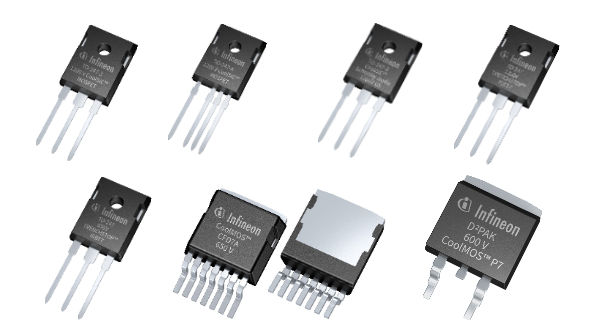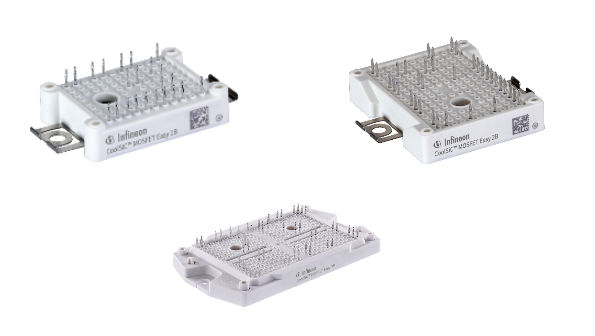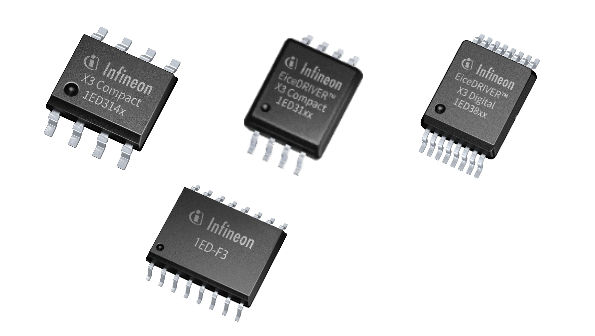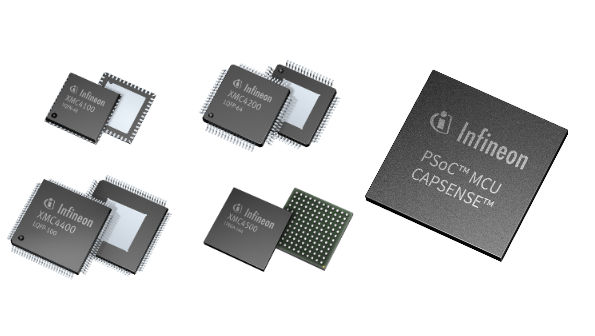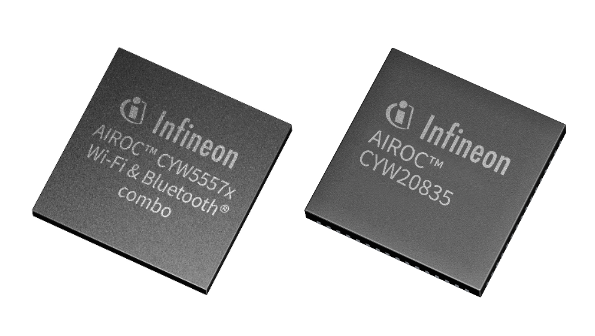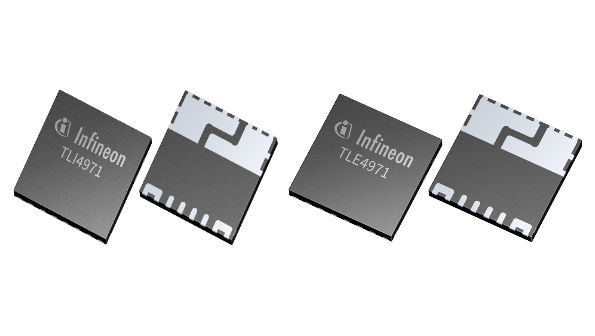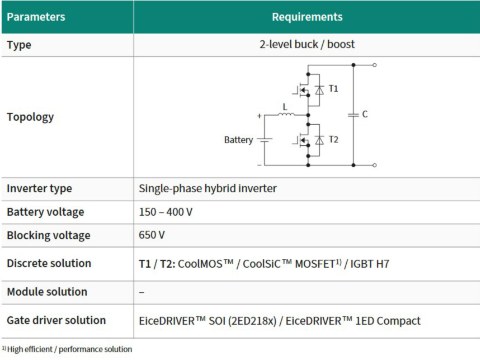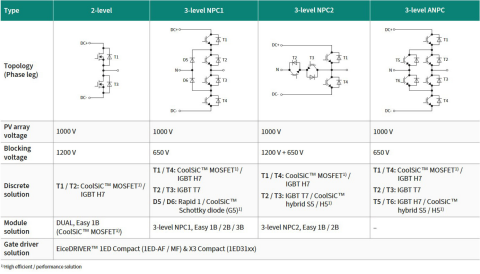3-phase hybrid inverter solutions
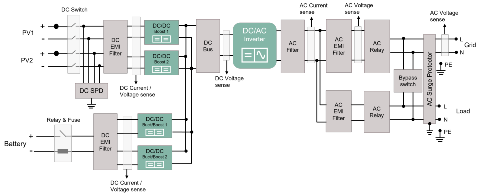
Climate concerns and geopolitical instability are driving demand for energy self-consumption. Photovoltaic (PV) provides an accessible way to achieve such energy independence by making energy generation and consumption possible at home. However, traditional string or microinverters cannot address the need for energy storage. This is where hybrid inverters come in.
Hybrid inverters open up new doors for self-consumption, while reducing the amount of materials, space, and complexity needed to build PV systems. Not only are they designed to connect multiple PV panels and convert the generated DC current to AC, they can also supply DC currents directly to an Energy Storage System (ESS) like a battery. By integrating the ESS component, hybrid inverters eliminate unnecessary power conversions and thus, reduce losses.
Infineon offers a wide range of solutions for your 3-phase hybrid inverter – from power and sensing, to control and connectivity.
Several main topologies are used in the power stages of 3-phase hybrid inverters.
First, the DC-DC stage converts variable DC voltage into a fixed DC voltage while simultaneously ensuring maximum power is extracted from the PV panel through a MPPT (Maximum Power Point Tracking) technique. In general, simple boost topology is preferred in this stage.
Next, the DC-DC stage enables bi-directional energy transfer between the battery ESS and the DC bus. In general, for high-voltage batteries, non-isolated bi-directional DC-DC converters are preferred, and for low-voltage batteries, isolated bi-directional DC-DC converters are used.
Finally, the DC-AC stage converts DC power into grid-compatible AC power. Either 2-level or 3-level topology is preferred in this stage. In particular, 3-level NPC1/NPC2 topology is widely used for its higher efficiency. The 3-level NPC1 enables more than 20 kHz switching frequency operation, even for oversized PV panels. The 3-level NPC2 uses 600 V and 1200 V devices, which are the most suitable topology for less than 20 kHz switching frequency operation.
Infineon offerings for designs up to 30 kW
Infineon offers a wide range of solutions for three phase hybrid inverters. Usually, these inverters are rated from around a few kilowatts up to 30 kW. For power up to 10 kW, Infineon’s discrete IGBTs, MOSFETs, CoolSiC™ MOSFETs, and CoolSiCTM Schottky diodes are the prefered choice to achieve the best price to performance ratio.
It is also possible to achieve the best-in-class power density and high ease of manufacturing by using Infineon’s module products. In power ranges above 10 kW, hybrid inverters are typically built with Infineon’s IGBT and CoolSiC™ MOSFET power modules, like CoolSiC™ Easy Modules, Easy Booster modules, and Easy 3-level modules family.
All switches need a driver, and all drivers need to be controlled. We also offer the right EiceDRIVER™ gate driver, as well as the XMC™ and PSoC™ microcontroller for your inverter design. Finally, each functional block needs a sensor and auxiliary power supply, so we offer CoolSET™ together with our 1.7kV CoolSiC™ MOSFET and the TLI4971 current sensor. A smart combination to address connectivity is provided by the AIROC™ family, which offers a Bluetooth and WiFi in a single device.
Trends and requirements of 3-phase hybrid inverters
In particular, additional power conversion block demands higher conversion efficiency. Being battery application, improvements in conversion efficiency shall reduce the battery capacity and its associated battery cost. More over these inverters are installed inside residential spaces, so inverter design has to enable fan-less operation within small form factor. This is highly challenging requirements, which demands low conversion losses at higher switching frequency operation. Therefore, manufacturers are focusing on both efficiency & power density improvement, In particular partial load efficiency is of high importance to further improve the performance of the system.
Best-in class hybrid inverters must be efficient, power dense, and compact. Wide bandgap technologies like Silicon Carbide enable inverter to switch faster than before with significantly low conversion losses. This increased efficiency can reduce battery capacity and enable fanless designs. Such features make a big difference in residential and commercial installations, where quieter, smaller systems are required. And ultimately, they reduce the amount of materials needed to build lighter and efficient hybrid inverter.
Driving decarbonization and digitalization together is crucial and the IGBT7 technology plays a major role along this entire energy chain. This training video will introduce the discrete TRENCHSTOP™ IGBT7 family and share its five decisive values and the application positioning.
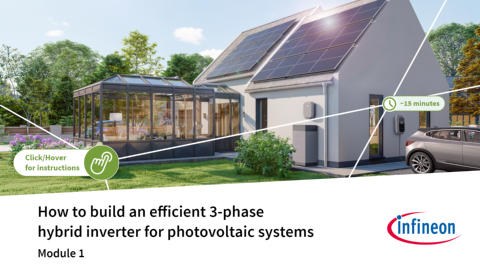
Did you know statistics show that the rise in population and economy will drive energy demand to increase by 58% by 2040?
Also, the current climate concerns and geopolitical instability make it even more attractive than ever to generate green, sustainable, and efficient energy, right from home!
Photovoltaic technology, for example, provides a new level of energy independence. Like few other energy sources, solar is accessible directly by consumers and communities, allowing them to build small, independent power grids for personal or collective use.
It is here that Infineon can assist our customers by providing the best-in-class solutions for each application!
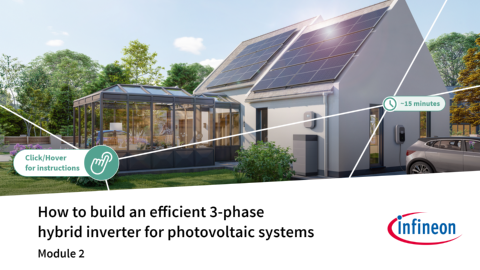
As mentioned in the first part, beside social and economic reasons, climate concerns and geopolitical instability make the possibility of generating green, sustainable, and efficient energy right from home very attractive and desirable, and photovoltaic technology provides that level of energy independence.
With that in mind, Infineon is ready to assist our customers, by providing the best-in-class solutions for each application!
Stay tuned, to learn more about it!

